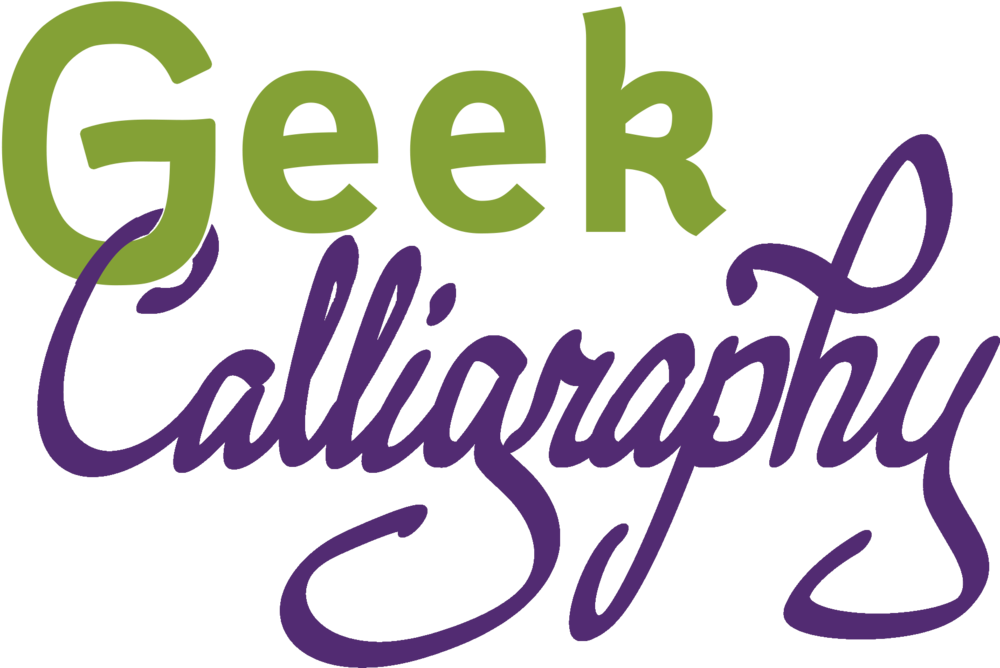By Terri
As part of her scribal apprenticeship, Ariela is learning how to repair tefillin. The only English word that exists for these ritual objects is phylacteries. And you guessed it, that's not English!* Jews are commanded to bind certain words of the Torah "on their arms and between their eyes." The traditional** way to fulfill this commandment is to write the specific words on teeny tiny parchments and put them into square rawhide boxes, which are then attached to leather straps. The straps are how the words are bound to one's arm and between one's eyes.*** And when I say square, it really means square. We make every edge flat and every corner a 90 degree angle.
Rawhide being shaped into tefillin. [Image shows large sheets of ivory colored rawhide with vague and then more precise box shaped protrusions in one end. In the front are unpainted tefillin boxes]
How do you transform rawhide into neat square boxes? You wet it and either mold it over a wooden block in the correct shape, or you put it into a special metal press which squishes the soaked rawhide into the correct shape. Tefillin are worn during morning prayer.**** If you're running late, that sometimes means that your hair doesn't have time to dry properly between getting out of the shower and donning your tefillin. What do you think happens when that same shaped rawhide is put on wet hair?
An example of healthy tefillin. [Image shows a very angular black tefilah***** for the arm. It is comprised of a cube on top of a stitched regtangular base, with black leather straps running through it.]
And so we present the visual essay of why leather boxes on wet hair is a supremely bad idea.
Upright side view of a damaged tefilah shel rosh (the one for the head). The black paint is worn away in many places and the bottom is no longer flat - though it is resting on a cutting mat, the bottom layer of the base is actually curled.
Upside down front view of the same tefilah shel rosh. The bottom is so warped that it is almost entirely convex. In addition, much of the black paint is worn away.
These are sad tefillin. Please don't wear your tefillin on wet hair and makes yours sad like them. It won't happen instantly, but it will happen over time.
The good news is that this sort of problem can be fixed! You can take them to a scribe, or some other person who knows about both leatherworking and the laws of tefillin and they can re-mold them. However, this is not an excuse to be lax about drying your hair.
This is the same tefilah shel rosh pictured above after Ariela finished its rehab job.
Side view of the upright repaired tefilah shel rosh. The straps have been replaced and are now shiny, all of the tefilah is properly black, and the bottom is now resting flat on the cutting mat.
Overhead view of the upside down repaired tefilah shel rosh. The bottom is now entirely flat, and the stitching holding the entire object together has been replaced.
*Though it pleases me to refer to a large workshop for making tefillin as a "phylactery factory."
**The tradition in question is the rabbinic tradition.
***"Between your eyes" doesn't actually mean what it sounds like. The tefillin worn on the head are centered between the eyes, but the bottom edge should be flush with the hairline (or the original location of the hairline, if it has receded).
****Mostly. Tefillin are mostly worn during morning prayer. There are exceptions.
*****Tefilah is the singular of tefillin.

![Rawhide being shaped into tefillin. [Image shows large sheets of ivory colored rawhide with vague and then more precise box shaped protrusions in one end. In the front are unpainted tefillin boxes]](https://images.squarespace-cdn.com/content/v1/56565a97e4b0acafe106535a/1505090836533-M4UERN021G3P7UPF10J2/tefillin_01.jpg)
![An example of healthy tefillin. [Image shows a very angular black tefilah***** for the arm. It is comprised of a cube on top of a stitched regtangular base, with black leather straps running through it.]](https://images.squarespace-cdn.com/content/v1/56565a97e4b0acafe106535a/1505090719489-BPALAQYPU8I6CB296GP2/Tfilin_shel_yad.jpg)



